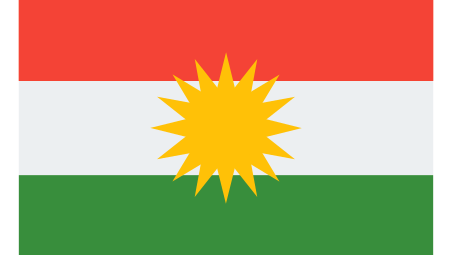Paediatric Ophthalmology and Strabismus
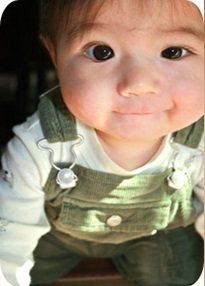
Amblyopia
Amblyopia, as it is known, affects about 3-5% of children. This condition occurs as a result of the healthy eye not receiving the appropriate stimulation during early childhood, and as a result, that eye becomes visually impaired. The condition may result from the presence of strabismus or an increase in the ability of one eye to focus more than the other. If the condition is not detected and treated in childhood, the lazy eye will not improve and visual impairment will always be present. The treatment of this case includes an attempt to correct any problems related to focusing the eyes by using glasses and then covering the healthy eye (a patch) to force the lazy eye to work. Rarely does an improvement in vision occur after the child reaches the age of eight or nine.
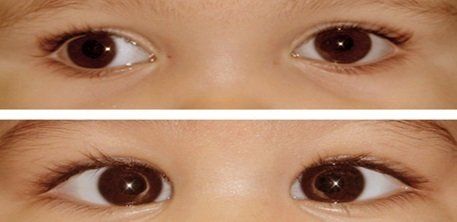
Strabismus
This condition occurs when one or both eyes are deviated, causing an imbalance in vision in one direction. The eyes may deviate inward, outward, up, down, or a combination of these directions. Amblyopia affects 2% of children and comes with birth or in the early stages of lactation. Strabismus may appear as a result of an imbalance in one of the muscles that move the eye, or the need to wear glasses. The treatment of this condition includes the use of glasses, orthodontic treatment, or eye muscle surgery.

Hyperopia
At first glance, the phrase “hyperopia” may seem like a good thing, but in practice it is not. This case occurs when the eyeball becomes slightly shorter, causing the light to focus behind the eye itself rather than onto its retina. In this case, the eye has to exert more effort all the time to keep the visible objects in focus, and when the eye gets tired as a result, the vision becomes blurred.
This case is often associated with strabismus and may prevent the development of sound vision.
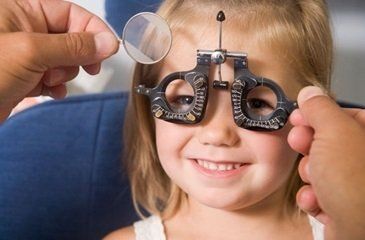
Refractive defects
These defects cause double vision, visual fatigue (“eyestrain”) or the development of myopia.
The most common of these cases is myopia (low vision of distant objects) in children of school age and is treated effectively in most cases by wearing glasses. Failure to correct refractive defects may lead to hyperopia, especially if the defects are severe or vary between both eyes.

Astigmatism
A case in which there is a distortion in the cornea of the eye, which leads to double vision. The condition may start in childhood or later in adulthood and can be easily corrected if it causes problems. The symptoms of astigmatism include headaches, eyestrain, difficulty reading, and fatigue.
Myopia
In this case the eyeball becomes a little long so that the focus of the light falls off the retina. Here it is possible to focus on objects close to the eye easily, but not on distant objects.
This case does not prevent the development of sound vision, as the child is mostly interested in things that are close to him/her in any way.
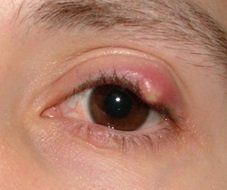

Conjunctivitis
A very common case, which is redness that affects the thin membrane that lines the eyelids and covers the white of the eye. But there are differences between conjunctivitis with sticky secretions and the other allergic type.
As the first type is contagious and can spread in small communities such as nurseries and schools, it is not dangerous, but it is necessary to take preventive precautions to avoid its spread.
Conjunctivitis tends to disappear within two weeks in all cases.
On the other hand, allergic conjunctivitis is a problem that persists without symptoms in some periods or with new and sudden symptoms that appear in other periods of the year.
The case is usually permanent and requires special treatment and the use of anti-inflammatory drops in some cases.
Chalazion
A sebaceous cyst that forms in the eyelid when one of the glands becomes clogged, causing swelling of varying sizes. During the first days, the chalazion is inflamed and may be covered with a small white bump, after which its size tends to shrink, but it may take months to disappear completely.
This case is not serious and no operation is necessary in most cases. To treat it, it is only necessary to massage the area and compress it warmly, in addition to applying an antibiotic ointment.
But if the chalazion is very large and does not ooze, or if it tends to remain for several months causing embarrassment, then it is preferable to remove it surgically.
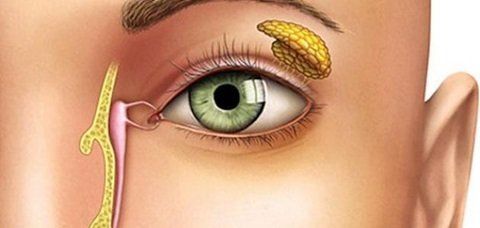
Nasolacrimal Duct Obstruction
A semi-common case that occurs as a result of blockage of the tear duct and preventing it from passing into the nose. Fortunately, they disappear in most cases within the first year. The problem often resolves on its own with the age of the child.
We usually recommend massaging the inner corner of the eyelids regularly, as this may help open the tear ducts.
The eyes may tend to be red and need to be treated with antibiotics, but only for short periods of time. It is useful to keep the eye clean of secretions. If the situation persists, we may resort to intervention to open the tear duct by following a quick and effective operation only if the child is over a year old.

Protection
A mother can quietly close her baby's eyes if she finds them open while he/she is sleeping. However, if there are some accompanying symptoms, such as some problems in the thyroid gland, severe exophthalmos, or paralysis of the seventh nerve that moves the eyelids. Here, it is necessary to resort to specialized medical advice, as the matter may indicate the existence of health problems that require treatment. Otherwise, it will lead, God forbid, to the child’s eyes with serious complications, such as corneal slits and blindness.
It is strictly forbidden to take pictures with flash for new-borns, as strong flash can cause blindness to them.
If the child is exposed to low vision or other problems in the eyes. It can be avoided or effectively treated until it is six or seven years old. This is due to the fact that his visual system is not complete until this stage of his life.
You should have a periodic examination by a specialist of your child's eyes after his/her birth and until he/she reaches the age mentioned above, so that you can treat any problems or visual defects more effectively.
If the child was born prematurely, i.e. underdeveloped (the seventh month), he/she must be examined continuously by the ophthalmologist.


